When it comes to e-mail marketing platforms, there are tons of options! But ConvertKit and MailChimp are two extremely popular options for bloggers. Everyone’s always asking – ConvertKit vs Mailchimp: which one is better? In this post we’re going to do a deep dive on the two different email platforms and see which is better.
Email Marketing: What Is It? Why Do You Need It?
On a basic level, email marketing is simply the use of email services to promote a business. It’s used to create lasting relationships with potential customers, keep current customers in the loop with what’s happening with your brand, offer coupons that encourage loyalty, and much more. Really, the potential is endless.
It’s a form of marketing that is similar to snail mail marketing and is very direct, but is much easier on your wallet and for the environment because it’s paper-free.
Email marketing can be successfully used to build trust with customers over a long period of time in order to turn them into customers who frequent your website and buy products on a regular basis. It’s also great for keeping customers up to date with new sales and promotions you might be running or starting in the near future. If people want to stay close to your brand, email marketing is one of the best ways for you to make that possible.
ConvertKit vs Mailchimp: An In-Depth Features Comparison
What Email Marketing Software is Recommended For Bloggers?
MailChimp and ConvertKit have become the two pieces of email marketing software that bloggers and small business owners turn to. This being said, both platforms are complex and take time to master. This means that research is necessary.
If you’ve spent any time at all reading about ConvertKit and MailChimp but still feel like you don’t have enough information to make an informed decision, you’re in luck. We have all the information you need to help you feel educated and confident in your choice!
Both platforms come with the main features that you’d expect from a basic email marketing platform. They also include a few unique tools that have been specifically aimed at the intended audience for each; small business owners for MailChimp and bloggers, authors, and writers for ConvertKit.
Which has the best opt-in forms and landing pages?
ConvertKit
If your goal is to convert readers into email subscribers, you will be thrilled with how easy ConvertKit makes the process of adding opt-in forms to your blog. It offers a number of opt-in forms that are lightweight and can be quickly added to a WordPress blog within a few simple mouse clicks.
These included forms come in three specific styles, ranging from basic email address forms with a simple “subscribe now” button to larger, more complex forms with room for product images.
Of all of ConvertKit’s great benefits, one of the biggest is that it is a piece of cake to customize your forms. Using the tool’s front-end designer, you have creative freedom to edit the header, anti-SPAM messages, and description box.
ConvertKit also has a simple system for uploading images, allowing you to add custom images to your forms without any CSS or HTML knowledge. In addition, you can adjust text colors, accents, and any included buttons using easy-to-manage sliders along the bottom of the window.
ConvertKit offers ways to embed forms including a JavaScript code snippet, HTML, and a WordPress shortcode for users who also use the WordPress plugin. It also includes Twitter Cards. These allow you to gain new subscribers using the presence you have on Twitter.
ConvertKit has landing page templates that are stylish, minimalistic, and modification friendly. The pages are designed for the primary use of eBooks and other digital goods which makes them beneficial if you have a downloadable item or eBook to promote.
To sum it up, if you’re a blogger or business owner looking for an email marketing list building platform that meshes seamlessly with WordPress, ConvertKit is a great option.
MailChimp
MailChimp does come with an opt-in form builder that lets you create unique opt-in forms for your email marketing campaign. However, it does not come with any landing page builders; this means that you’ll need to introduce a third party tool to cover that base.
MailChimp can integrate with tools including Instapage so, really, the lack of a landing page builder isn’t a make or break factor. However, it does mean that you’ll need to pay for a landing page tool if you want to use social media traffic or PPC ads to build your email list.
Setting this aside, signup design forms are simple to create using MailChimp. The form builder is browser-based and gives you total control over images, colors, drop-down boxes, buttons, and headings and other fields, letting you create a perfect match between your blog. MailChimp includes four different types of forms— classic, super slim, naked, and horizontal which gives a level of extra control over how your menu appears on your blog. Where ConvertKit takes the confusion out of CSS and HTML customization, MailChimp requires a basic level of understanding.
Compared to ConvertKit, MailChimp’s various forms are more amateur in appearance. This isn’t a big deal for designers bug many users find that their chosen forms are much too noticeable when they are added to posts and articles – and, unfortunately, not in a positive way that benefits the page.
Luckily, in an attempt to make up for the low-quality forms, adding one to a website is a quick and relatively easy process. You can either add the direct code snippet that MailChimp provides, or use one of the many MailChimp plugins available for WordPress that are on the market to add the form as a basic WordPress widget.
MailChimp seems like more of a tool designed for marketing departments than a blogger-friendly application for everyday use. To get the most out of it, you need a landing page tool and some basic HTML experience, which isn’t always ideal.
With this factor in mind, if you’re involved with a marketing agency or mid-large sized business, you’ll probably want to use a tool with more power and capability anyways.
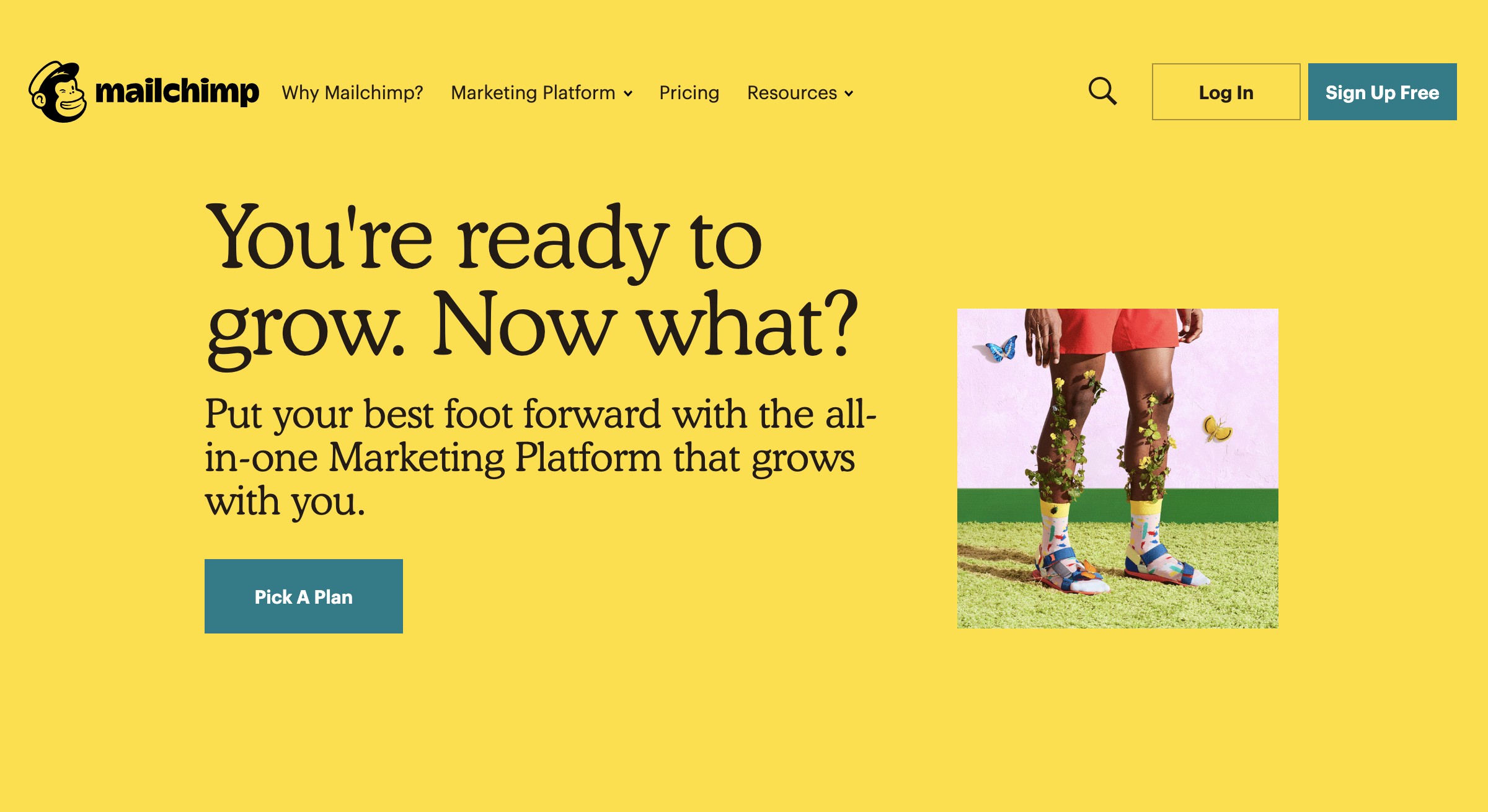
Which has the best email marketing automation system?
ConvertKit
ConvertKit, in this instance, is sleeker and easier to use than MailChimp, giving it a foot in the door. It allows you to build your campaign from the ground up so you can customize your campaign with confidence. Its email marketing and marketing automation systems are easy enough to use that almost anyone can use them with relative ease.
This platform is good if you’ve never worked with marketing software and are looking to get started without too much confusion.
Creating and designing email campaigns is also easy in ConvertKit. Emails are generally dealt with through sequences, which are lists of emails that are triggered and sent out when a user join your subscriber list, purchases a product, or complete any other type of conversion.
Emails found in sequences can be scheduled for delivery at certain time intervals; for example, four days after a user subscribes, at a certain time of day every few days, or at a specific time on a certain day.
You can also use ConvertKit to send out email broadcasts to everyone on your list. These are one-off emails that are commonly used for announcing new products, store re-stocks, and relaying other important messages that relate to your products and business.

Creating the emails to be sent is also pretty simple. The software’s email campaign builder uses the same interface as a standard text editor, including buttons for font and a variety of formatting options including bolding text, italics, alignment, and buttons that allow you to add images.
It also simplifies email marketing automation. This is handled through a set of rules that allow you to do things such as trigger emails that have been based on customer behavior or add subscribers to a new and/or different list when they click on specific links or visit certain URLs.
For example, if you sell a product for a cash return, you can use these rules to automatically add customers to a list for paying customers list once the purchase has gone through and they have reached the download page.
ConvertKit is interesting in that it doesn’t offer preset email templates with images. All emails to start out as plain text only, helping you reduce the risk of having your messages flagged as spam. It also gives your campaign a personal touch that customers enjoy.
In short, ConvertKit is perfect for bloggers and website owners. It has more than enough power for smaller creators. However, professional marketing departments and large scale businesses may find the application’s lack of email templates to be a bit of an inconvenience despite this feature’s good intentions.
If you’re looking for simple and professional automation tools, ConvertKit offers its users a great range of features. It has all the marketing automation, broadcast, and landing page & opt-in builder features you’ll need as a blogger or small business owner. Without knowing any programming languages, you can have a really robust email system through ConvertKit.
MailChimp
MailChimp has one thing going for it: its email builder. It offers users a large selection of email templates that both small and large business owners can utilize.
Its email builder gives you control over the way your emails turn out in terms of appearance. With just a few clicks, you can add background images, calls to action, headings, buttons, links, columns, and a plethora of other features. What’s neat is that you can even test the features to make sure that they look the way you want them to on both mobile and desktop devices.
The email templates offered on MailChimp are numerous, including simple text emails to whole catalogs and everything in between. You also have the option to create your own templates using your choice of HTML and/or CSS.
Although these features are great for businesses that have a consistent image within their emails, they can be inconvenient and even detrimental for modest bloggers. How? They can give your emails a commercial look that you, as a modern- day blogger with personal customer relationships, might not want. If you’re going for a blog that is personal in tone and feel, these templates have the potential to hurt your conversion rate.
Pros and Cons
We’ve covered a lot of good information. As with everything, though, there is always more to learn. So, here are a few pros and cons of both platforms that you may not have known about.
ConvertKit
Pros:
- Affiliate marketing friendly
- Ability to customize most areas of your campaign
- No limits as to how many emails you can send
- One charge per subscriber, regardless of the number of lists they are on
Cons:
- Startup price starts at over $10 for accounts with up to 1,000 registered subscribers
- Harder to master
- Site needs to go through an approval process before you can send emails
MailChimp
Pros:
- User friendly and easy to learn
- Customizable enough to create good emails
- Free for accounts with up to 2,000 subscribers or for 12,000 emails per month
Cons:
- Free plan limits number of emails per month
- Each subscriber is counted for every list they are on
- No affiliate marketing
- Combining lists can be a challenge
Conclusion
When it comes to ConvertKit vs Mailchimp, Mailchimp is a great place to start for beginners, especially through its free plan. But if you want to start upgrading your business, ConvertKit is the way to go. ConvertKit is the platform that DigitalNomadQuest uses (we’ve switched from MailChimp to ConvertKit), and it has all the strong options to nurture your audience and provide them with what they need.
ConvertKit has a starting price, but allows you many more options when it comes to segmenting your audience, creating opt-in forms, landing pages, and more. If you want to get started with ConvertKit, consider using our link here.
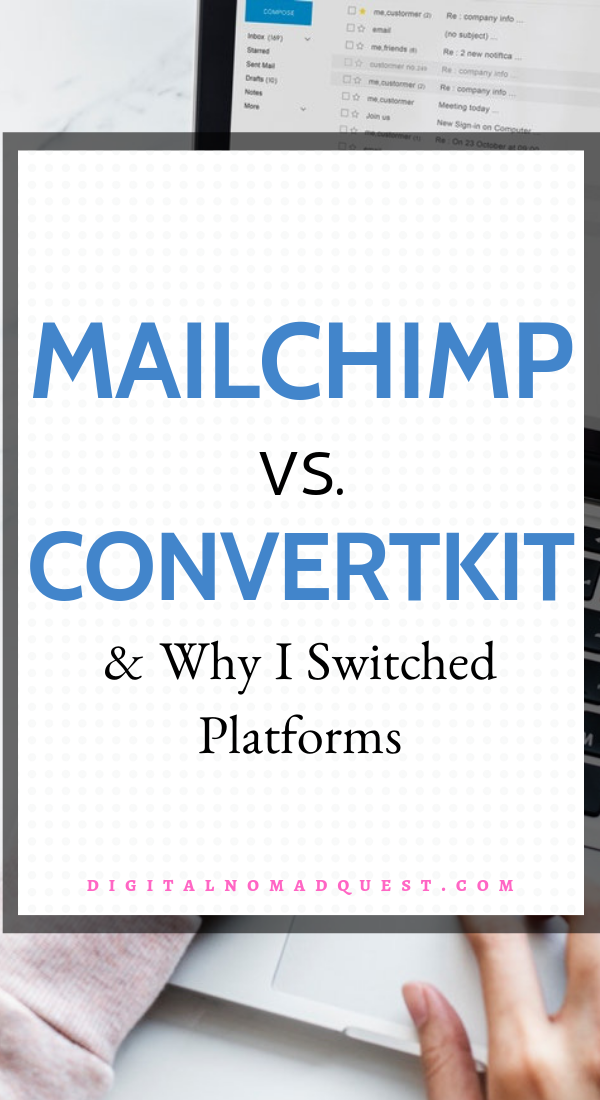

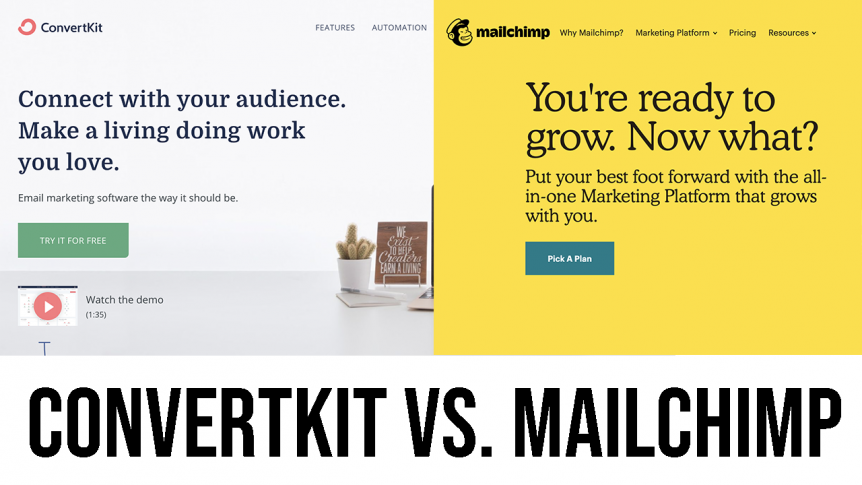



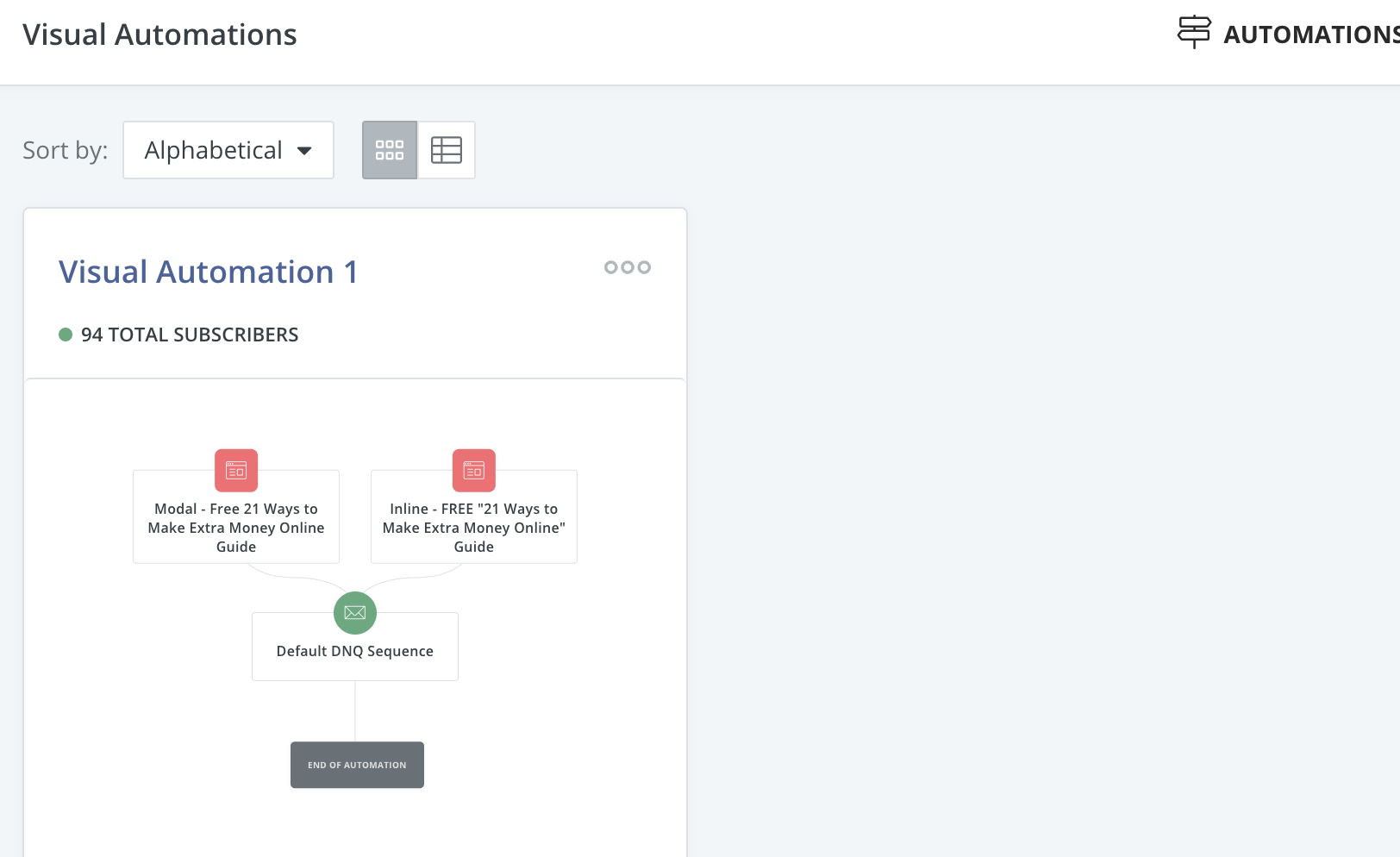
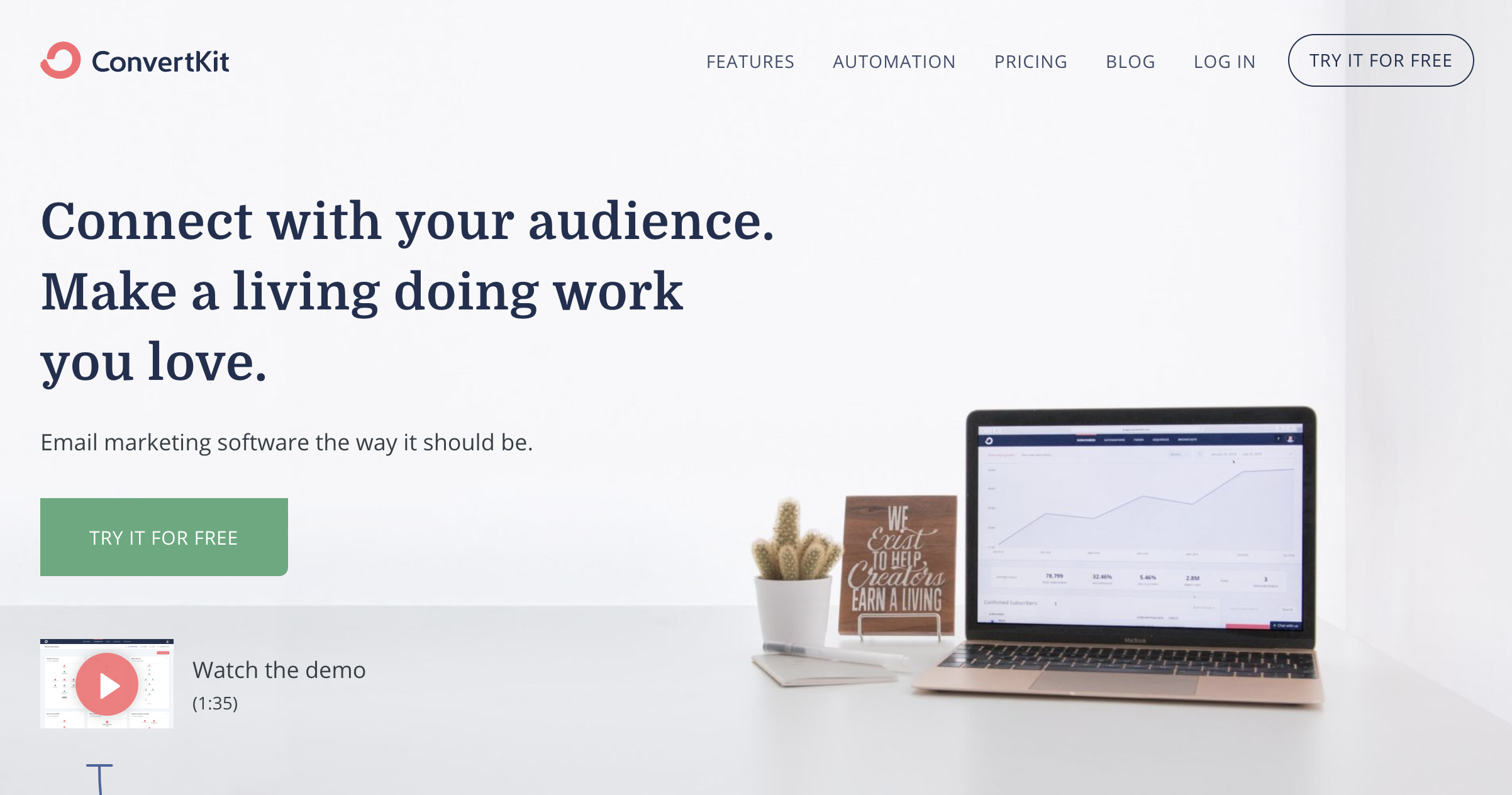
Comments 1
I’ve always ignored email marketing but now i’m starting to see how its so useful for my business and most especially for long term benefits too…